Universe Size, Space Universe, universe multiverse, Edge of Universe, Light Speed, Black Hole (When, How, What – 10 Questions more about Space/Universe)
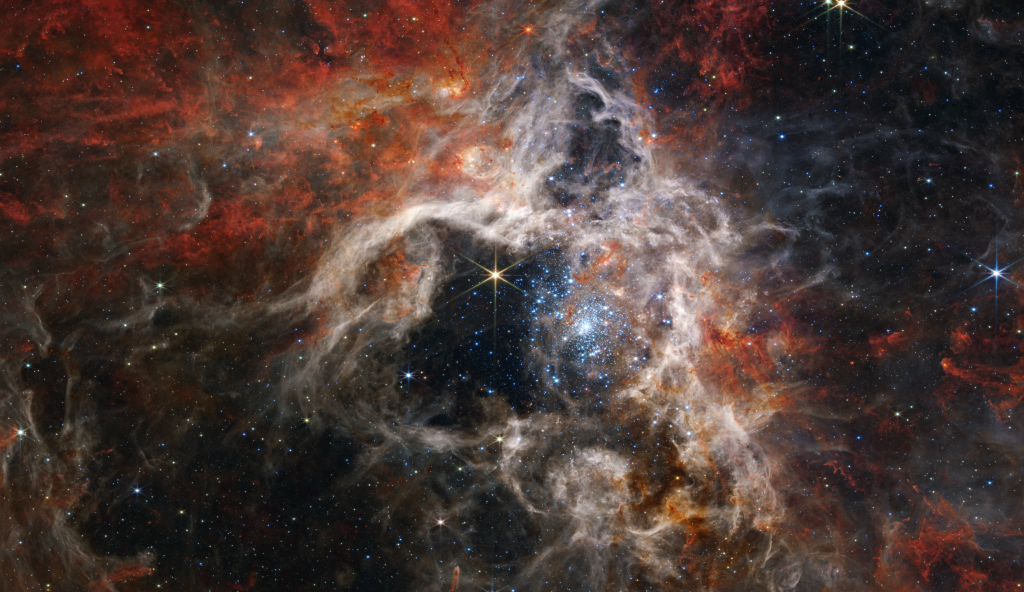
Table of Contents
- Universe Size, Space Universe, universe multiverse, Edge of Universe, Light Speed, Black Hole (When, How, What – 10 Questions more about Space/Universe)
- How many galaxies in the universe based on Nasa
- How many sun in the universe, based on Nasa?
- The edge of the Universe, Where?
- Universe Size, based on Nasa
- When the universe will be died?
- In the universe, is there the planet like the earth?
- When the universe was born? How old the universe is?
- The multiverse, is it real? Explain it, when the theory was born, based on Nasa.
- What is the black hole, should we find the answer from Nasa Reserch?
- Where is the black hole, the nearest from the Earth, the answer is based on Nasa?
- Is there any possible to travel with light-speed by human?
- Let we know about the Unit of the Light-Speed, 1c, 1Ly, 1KLy, 1MLy 1GLy, tell me about those unit and give the fomulas.
- Where we are came from?
This article is about the universe, space, Multiverse and etc.
The concept of the infomation is questions and answers.
How many galaxies in the universe based on Nasa
As of 2021, based on observations from NASA and other astronomical organizations, it is estimated that there are around 2 trillion galaxies in the observable universe. This number is constantly being revised as new discoveries and technologies allow for more detailed observations. However, it is important to note that this number is likely to be a lower bound, as there may be many more galaxies that are currently beyond our ability to observe.
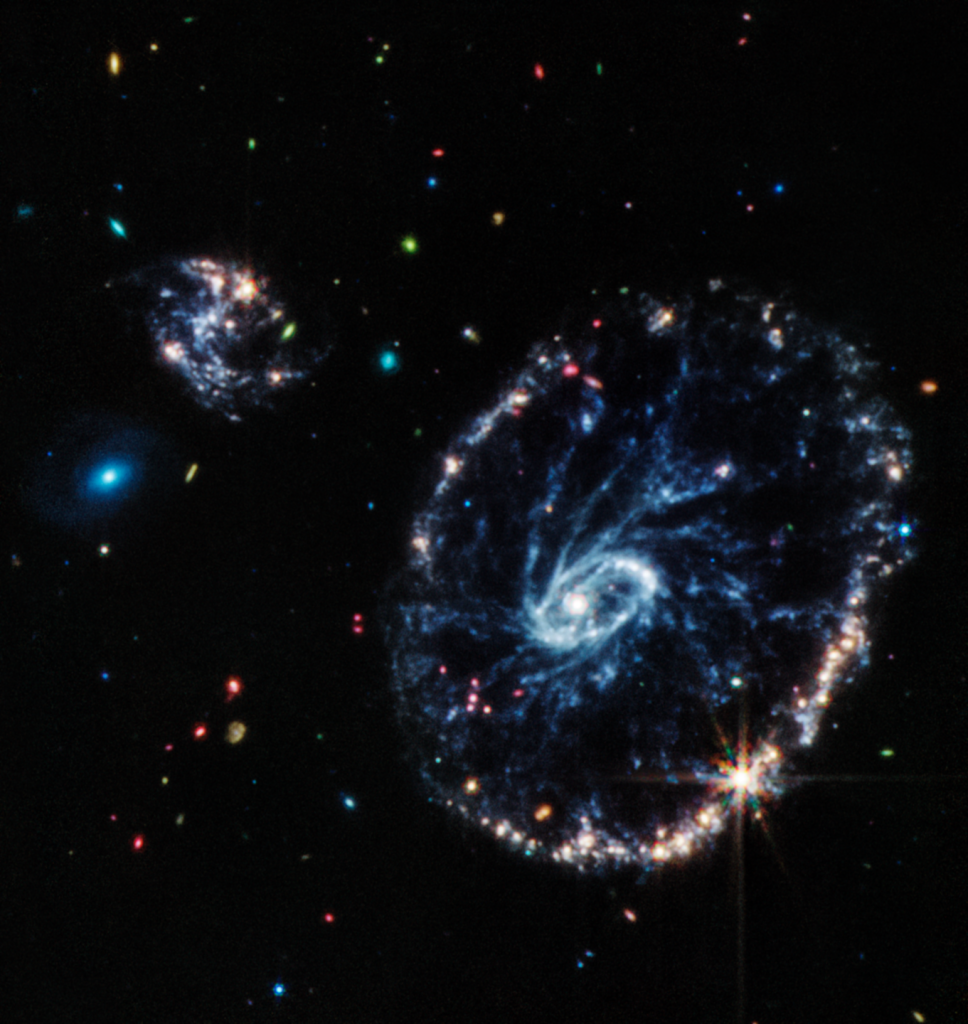
How many sun in the universe, based on Nasa?
As of 2021, based on observations from NASA and other astronomical organizations, it is estimated that there are around 100 billion stars in the Milky Way galaxy alone. The Milky Way is just one of an estimated 2 trillion galaxies in the observable universe, so the total number of stars in the universe is likely to be on the order of sextillions (10^21) or more.
It’s worth noting that not all of these stars are like our sun, some of them are smaller or bigger, some are red dwarfs, some are neutron stars and some are black holes. The sun, which is a main-sequence star on the Hertzsprung-Russell diagram, is considered as an average star.
It’s also worth noting that this estimate is based on current technology and understanding, and as new discoveries and technologies are made, the number of stars in the universe may be revised.
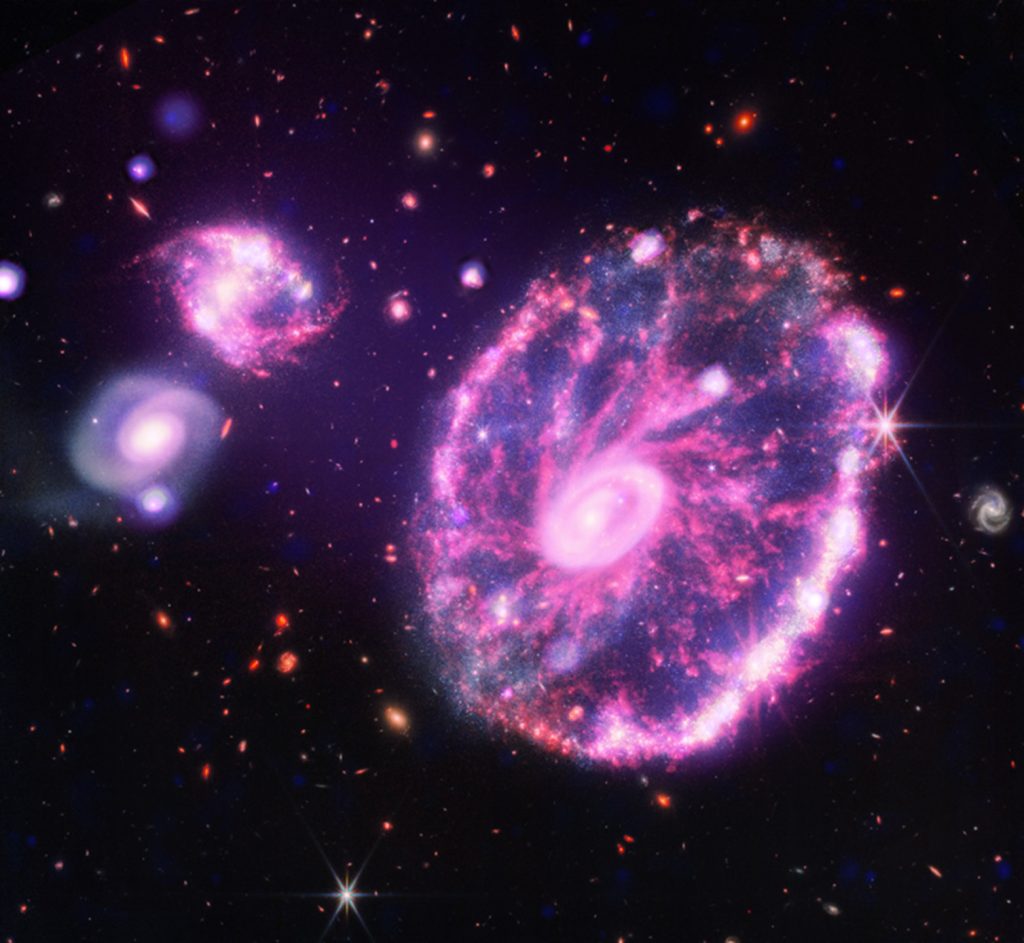
The edge of the Universe, Where?
The concept of the “edge” of the universe is a complex one, and there is ongoing debate among scientists about the nature of the universe and its boundaries.
The observable universe refers to the portion of the universe that we can observe through telescopes, which is currently estimated to be around 93 billion light-years in diameter. Beyond this observable limit, there may be additional regions of the universe that are currently beyond our ability to observe.
The idea of an “edge” to the universe implies that the universe has a boundary, but according to the currently accepted cosmological model, the universe is infinite and does not have an edge. It’s worth noting that the universe is not in a center and there is no edge to it.
It’s also worth noting that the universe is not static, it’s expanding, and this expansion is accelerating, so the “edge” of the observable universe is also getting farther away.
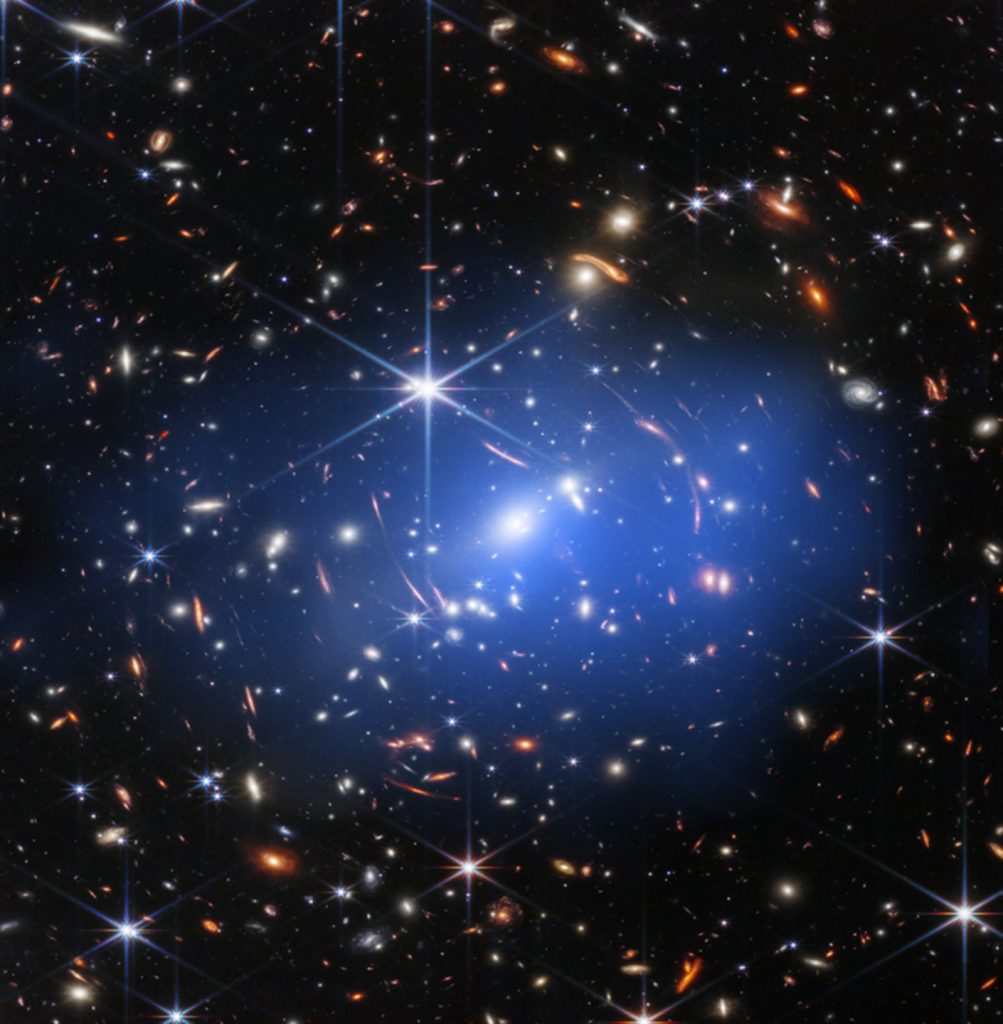
Universe Size, based on Nasa
The size of the observable universe, as estimated by NASA and other scientific organizations, is around 93 billion light-years in diameter. This means that if we were to travel at the speed of light, it would take us 93 billion years to reach the edge of the observable universe.
It’s important to note that the observable universe is limited by the finite speed of light and the age of the universe (which is estimated to be around 13.8 billion years). This means that we can only observe objects that are within a certain distance from us, and we cannot see objects that are farther away than the distance that light has been able to travel since the beginning of the universe.
However, it’s believed that the universe is likely much larger than what we can observe. The actual size of the universe is still a topic of ongoing research and debate among scientists, and it is estimated that the entire universe could be infinite in size or have a finite size but much larger than the observable universe.
In summary, based on current scientific understanding and observations, the observable universe is estimated to be around 93 billion light-years in diameter, but the actual size of the universe could be much larger.
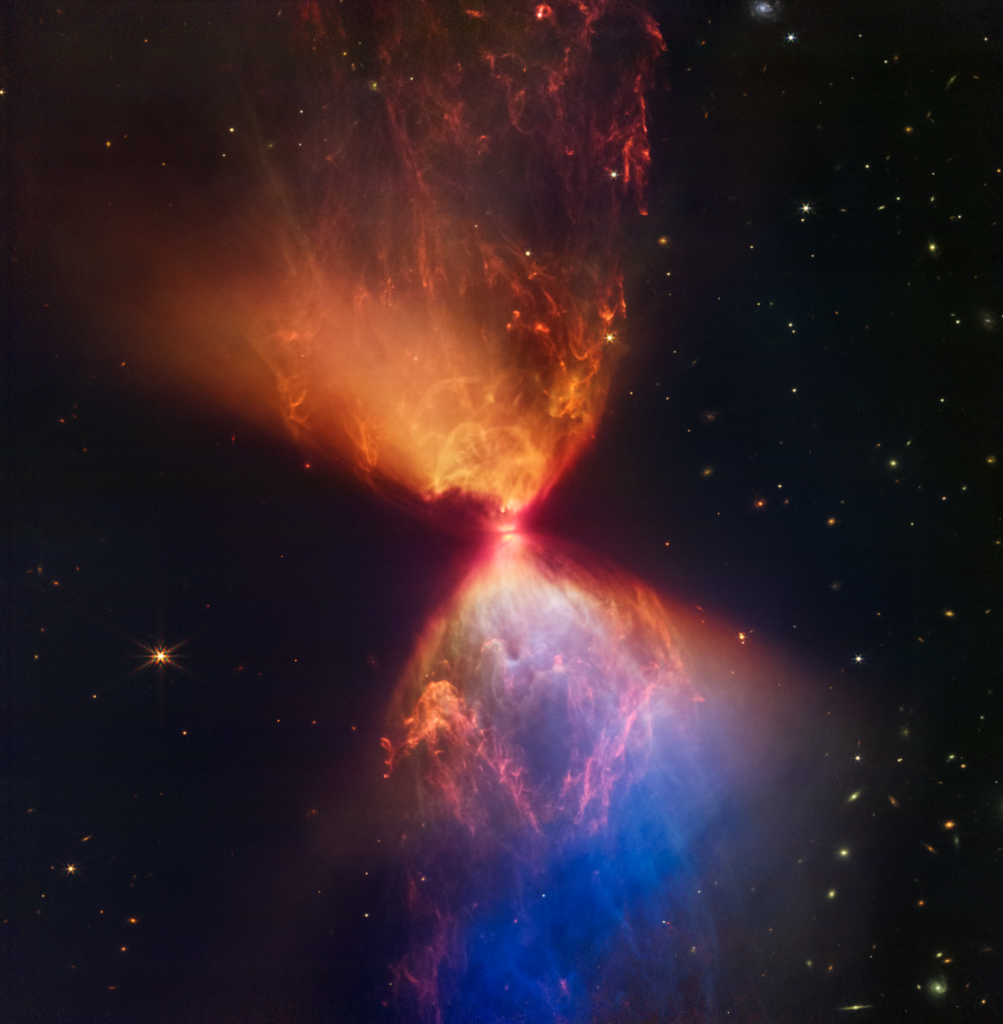
When the universe will be died?
The ultimate fate of the universe is a topic of ongoing research and debate among scientists. Several theories have been proposed about how the universe will end, but it’s important to note that none of them have been confirmed.
One of the most popular theories is the Big Rip scenario, where the expansion of the universe continues to accelerate until it becomes so fast that galaxies, stars, and even atoms are torn apart. This scenario would occur in around 22 billion years.
Another theory is the Big Crunch, where the expansion of the universe slows down and eventually reverses, causing all matter in the universe to collapse back into a singularity.
Another theory is the Heat Death, where the universe continues to expand but the matter is too diffuse to form new stars and galaxies, eventually all the stars exhaust their fuel and the universe becomes dark and cold.
It’s worth noting that these are all theoretical scenarios, and it’s possible that our current understanding of the universe is incomplete, and the true fate of the universe may be something that we have not yet imagined.
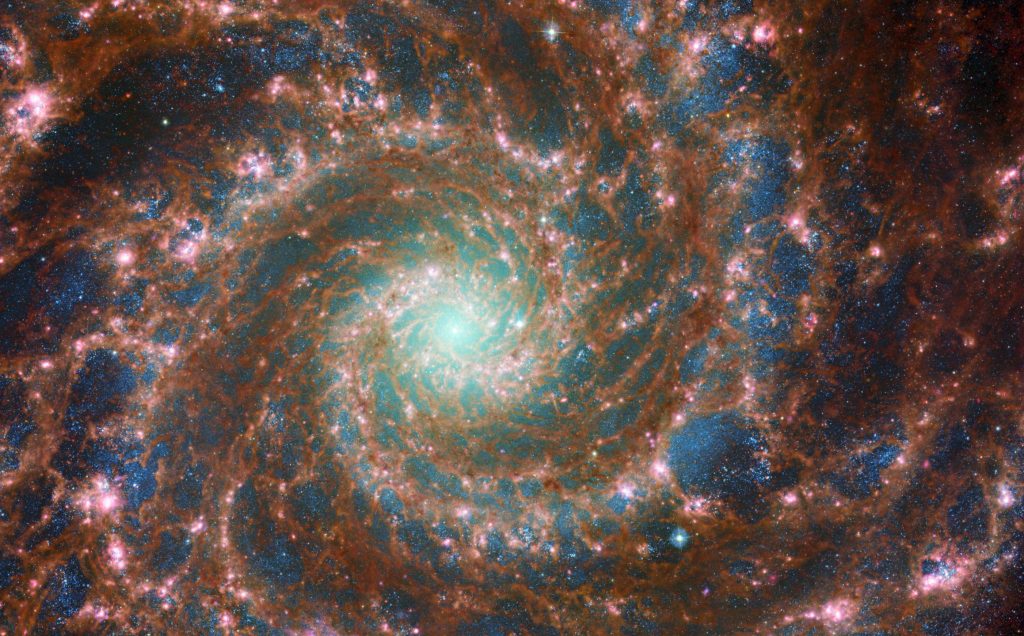
In the universe, is there the planet like the earth?
The search for planets similar to Earth, known as exoplanets, is an active area of research in astronomy. To date, scientists have discovered thousands of exoplanets, and the number is increasing as new technologies and techniques are developed.
Based on current data, it is estimated that there are billions of potentially habitable exoplanets in the Milky Way galaxy alone. These exoplanets are located in the “habitable zone” around their star, where the temperature is not too hot or too cold for liquid water to exist on the surface, which is considered as a key ingredient for life as we know it.
However, it’s important to note that the discovery of a potentially habitable exoplanet does not necessarily mean that it is home to life, as we know it or not. Detecting and characterizing biosignatures ( evidence of life ) on exoplanets is a challenging task that requires advanced technology and further research.
Several exoplanets have been identified as being similar to Earth in terms of size, distance from their star, and other characteristics that make them potentially habitable. NASA’s TESS and James Webb Space Telescope, as well as ground-based observatories, will be able to provide more data and information on this topic in the future.
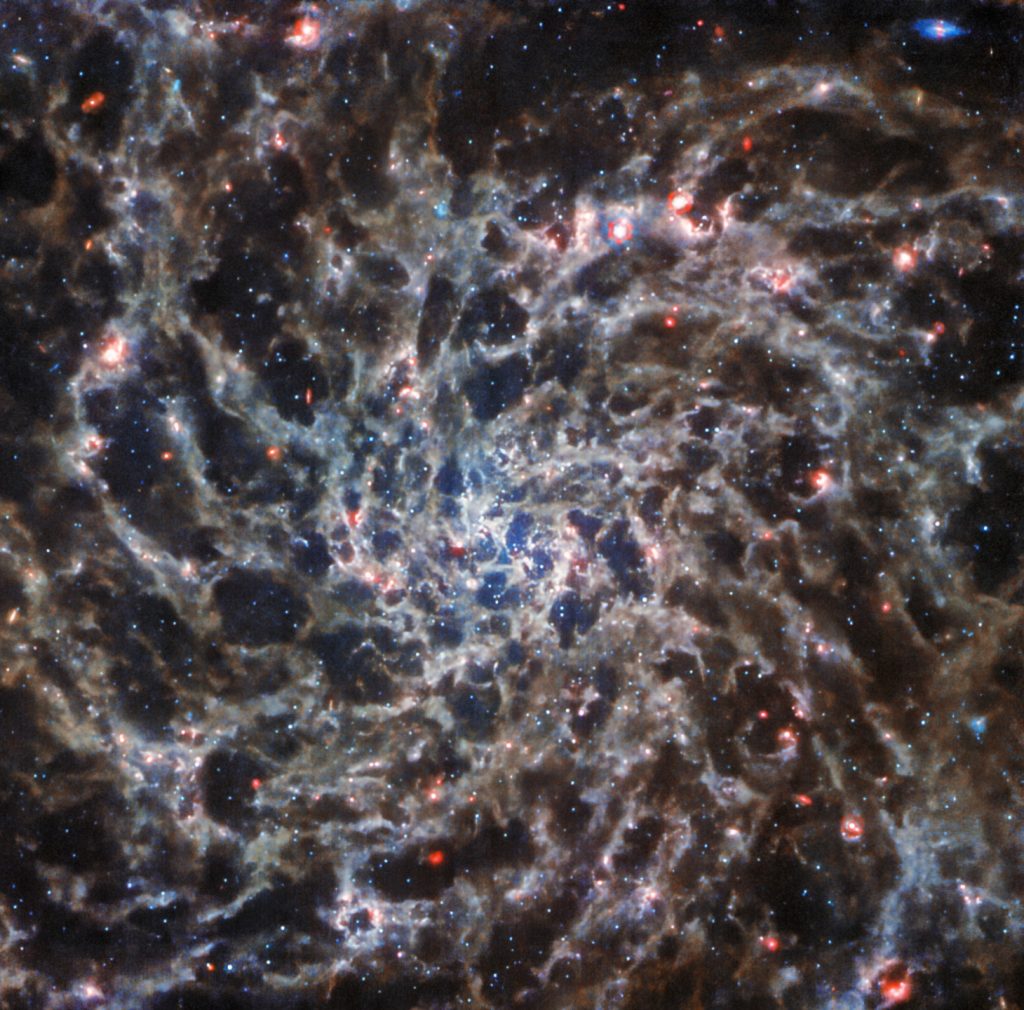
When the universe was born? How old the universe is?
The age of the universe is estimated to be around 13.8 billion years old. This estimate is based on several lines of evidence, including measurements of the cosmic microwave background radiation, the large-scale structure of the universe, and the observed ages of the oldest known stars.
The age of the universe is determined by measuring the rate of expansion of the universe, known as the Hubble constant, and working backwards to the point when the universe was thought to have begun, known as the Big Bang.
The Big Bang is the most widely accepted model for the origin of the universe. According to this theory, the universe began as a hot, dense, and infinitely small point called a singularity, which expanded and cooled, eventually leading to the formation of stars, galaxies, and all the other structures we see in the universe today.
It’s worth noting that the Big Bang theory is still a subject of research and there are alternative theories, but it’s currently the best explanation that fits with the available data and observations.
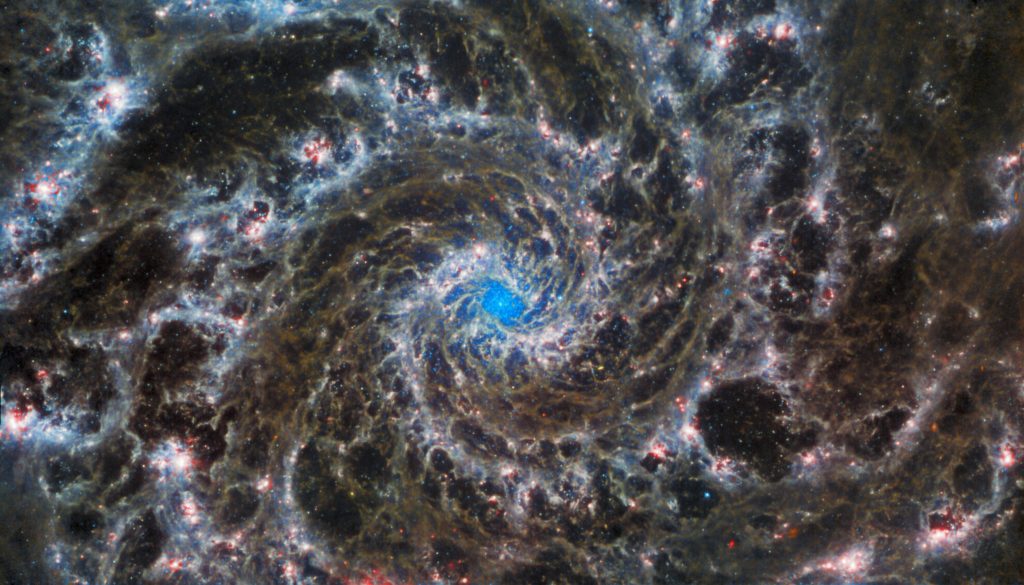
The multiverse, is it real? Explain it, when the theory was born, based on Nasa.
The concept of a multiverse, also known as the theory of the many-worlds, suggests that there may be an infinite number of parallel universes, or multiple realities, existing alongside our own. The idea of a multiverse is still a topic of ongoing research and debate in the scientific community, and there is currently no experimental evidence to support its existence.
The theory of a multiverse began to gain popularity in the 1960s with the development of inflationary cosmology, which proposed that our universe underwent a period of rapid expansion in the very early stages of its formation. This theory suggested that there may be other regions of the universe that expanded at different rates, creating separate, isolated universes.
In the 1980s, string theory, which is a theoretical framework in physics that attempts to unify the fundamental forces of nature, also proposed the existence of multiple universes.
It’s worth noting that the idea of a multiverse is purely speculative, and it is currently not possible to test or observe other universes directly. NASA does not have any specific research programs or missions focused on the multiverse, but they do study the early universe and its potential origins, and some of the cosmological observations and models that they have conducted and developed may be used to support or refute the idea of a multiverse.
In summary, the idea of a multiverse is a theoretical concept, it’s not currently supported by any concrete evidence, and it is not yet possible to observe or test it.
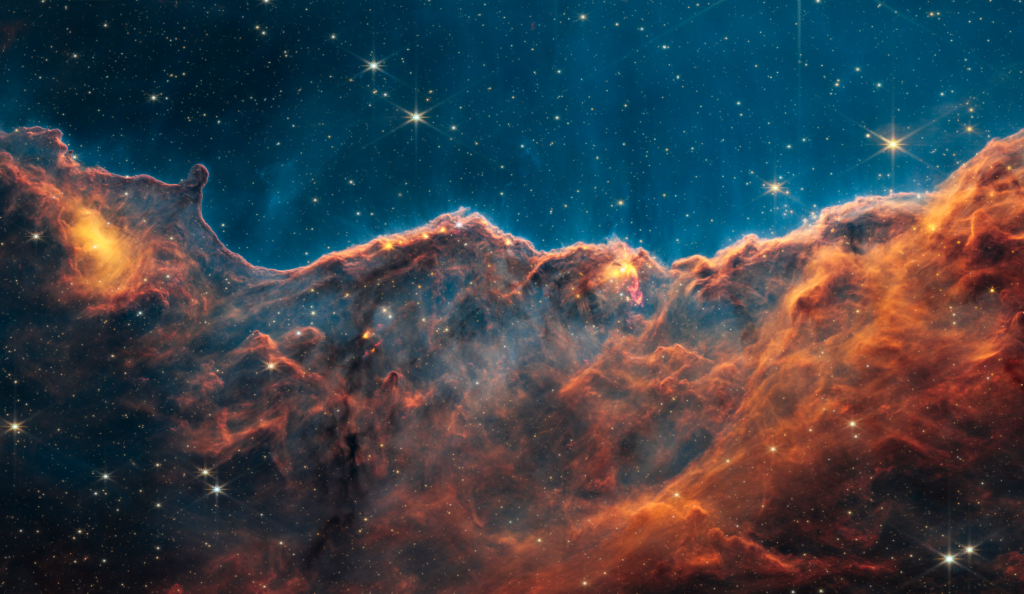
What is the black hole, should we find the answer from Nasa Reserch?
A black hole is a region of space with a gravitational pull so strong that nothing, not even light, can escape it. They are formed when a massive star dies and its core collapses in on itself, creating an extremely dense point known as a singularity.
Black holes are invisible, but their presence can be detected by observing their effects on nearby matter. For example, when a black hole is near a star, it can pull gas from the star, creating a bright accretion disk around the black hole. This disk is made up of extremely hot gas that emits X-rays, which can be detected by telescopes.
Black holes can also bend light, and this effect can be used to detect them. When a black hole is near a bright object, such as a star or galaxy, the light from the object will be bent as it passes by the black hole, creating a distorted image.
NASA conducts research on black holes through several missions, such as the Chandra X-ray Observatory, which studies X-ray emissions from black holes, and the James Webb Space Telescope, which will be able to study black holes and their surroundings in unprecedented detail.
NASA also studies black holes through theoretical and computational research to better understand their properties and behavior. NASA’s research on black holes helps to deepen our understanding of the universe and the laws of physics, and also has practical applications, such as in the development of advanced technologies and in the search for extraterrestrial life.
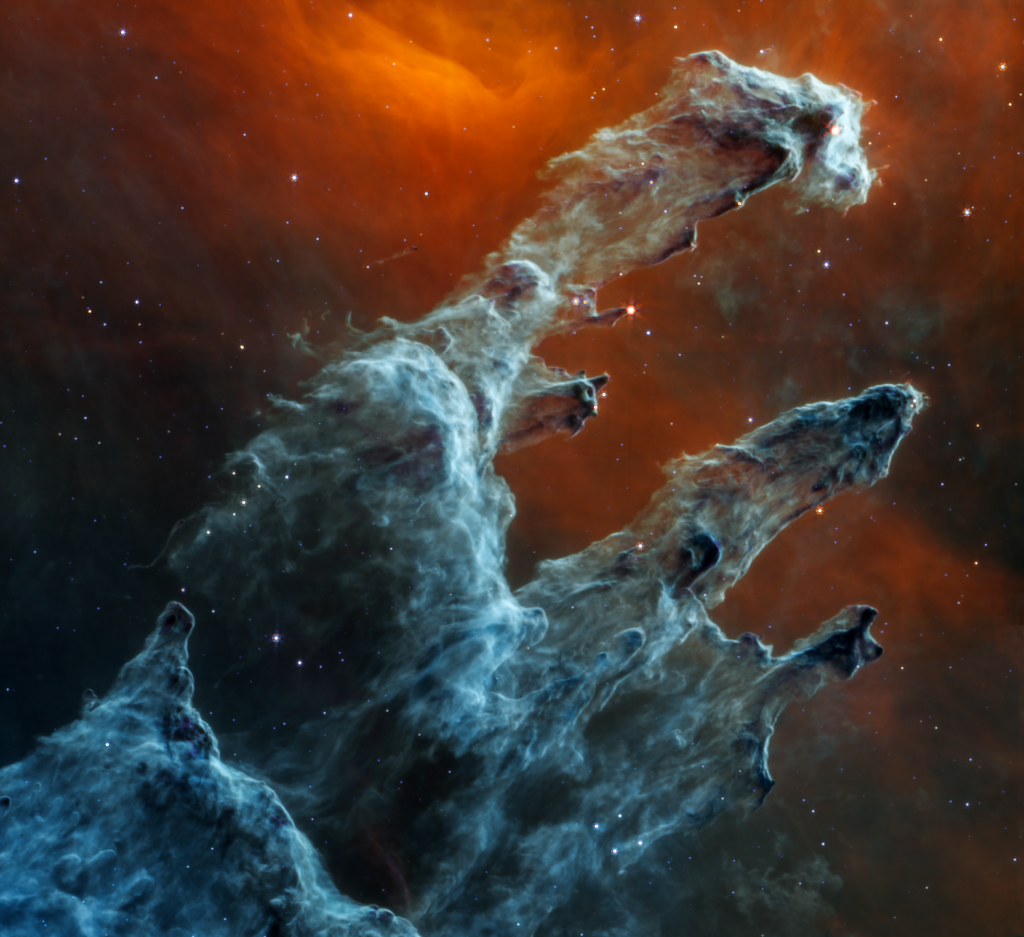
Where is the black hole, the nearest from the Earth, the answer is based on Nasa?
The nearest known black hole to Earth is located in the constellation V616 Monocerotis (V616 Mon), about 3,000 light-years away. This black hole was first discovered in the 1960s and it is located in a binary system, meaning that it has a companion star. The companion star is being pulled on by the black hole, which causes it to lose material that forms an accretion disk around the black hole. This process causes the black hole to emit X-rays, which were detected by telescopes.
Another candidate for a nearby black hole is called HR 6819, located about 1,000 light-years away in the constellation Telescopium. It was discovered in 2020, and it is also in a binary system, but its companion is a B-type main-sequence star, that does not have an accretion disk, but the black hole is invisible.
It’s worth noting that these are the closest known black holes to Earth, but there may be other undiscovered black holes nearby. NASA continues to study black holes and their properties through various missions and research programs, and new discoveries are likely to be made in the future.
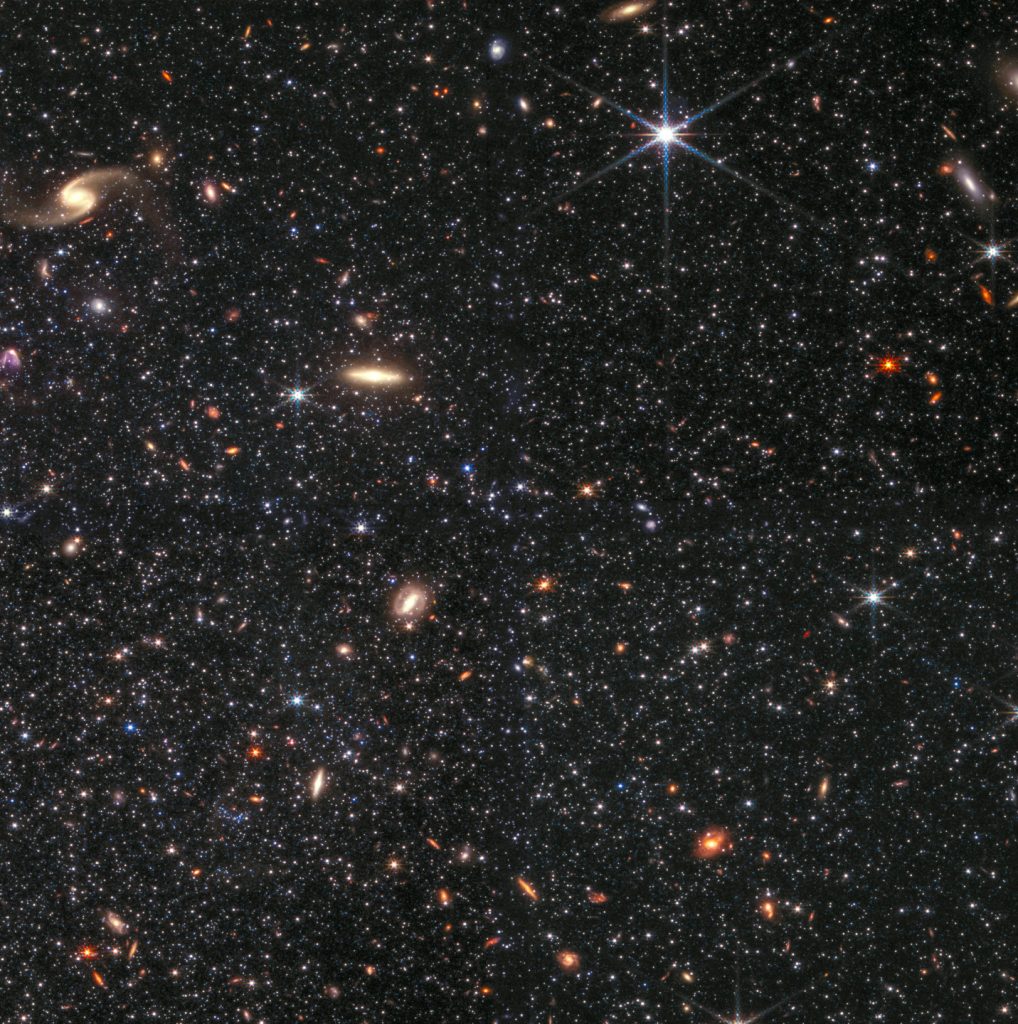
Is there any possible to travel with light-speed by human?
Currently, it is not possible for humans to travel at the speed of light. The theory of special relativity, proposed by Albert Einstein, states that as an object approaches the speed of light, its mass increases infinitely and its energy requirements become infinite as well, making faster-than-light travel impossible.
Even though it is not possible to travel at the speed of light, it is possible to travel at very high speeds. The fastest spacecraft ever built by humans is the Parker Solar Probe, which was launched by NASA in 2018. It is currently traveling at a speed of 213,200 miles per hour (343,100 km/h) as it approaches the Sun.
It’s worth noting that there are many theories and concepts of hypothetical faster-than-light travel that exist in the realm of science fiction and theoretical physics, such as wormholes, but at this moment, none of them have been proven to be possible with the current scientific understanding.
Additionally, traveling at such high speeds would also come with a set of problems, such as the impact of time dilation, and the high energy requirements that would make it impossible for a human to survive.
You can see the vast and vast universe By Light Speed or 1 Giga Light Year
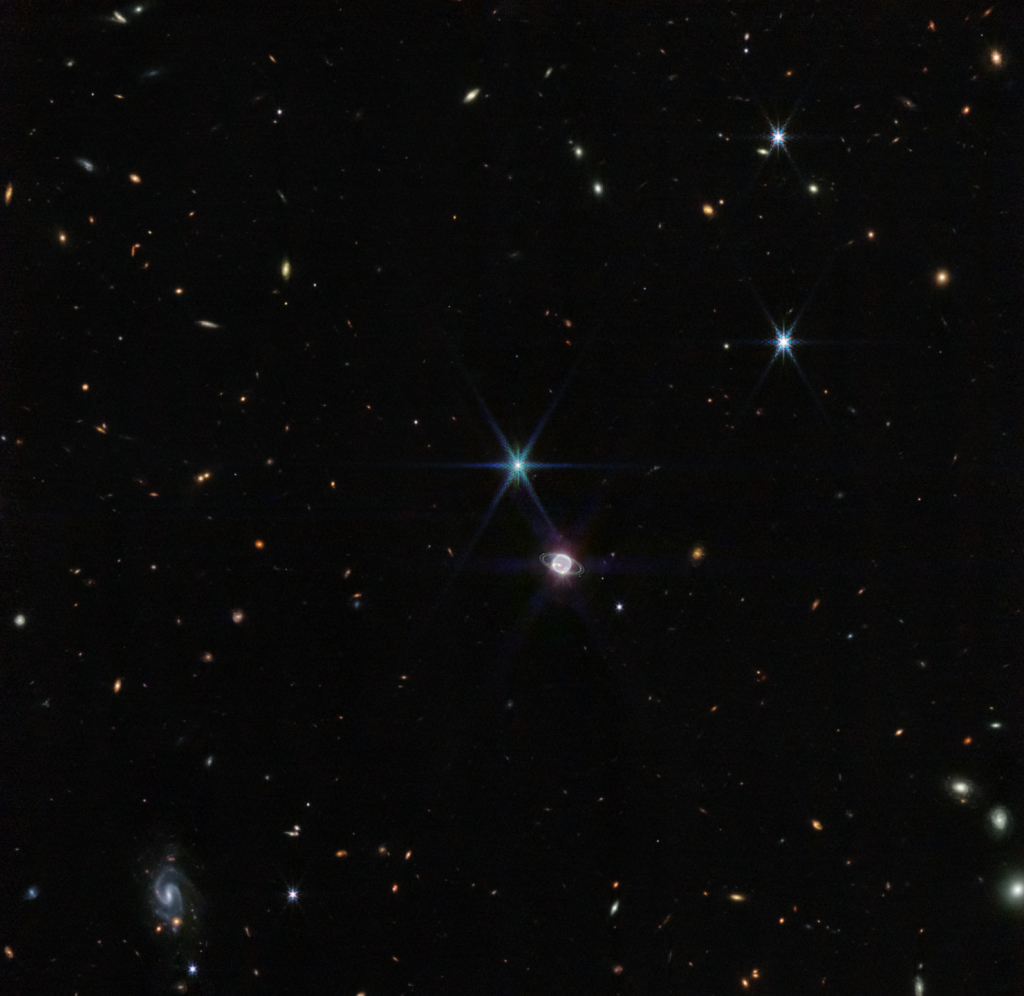
Let we know about the Unit of the Light-Speed, 1c, 1Ly, 1KLy, 1MLy 1GLy, tell me about those unit and give the fomulas.
The speed of light is a fundamental constant in the universe and is represented by the symbol “c”. It is a measure of how fast light travels in a vacuum, and its value is approximately 299,792,458 meters per second (about 186,282 miles per second).
The following are units that are commonly used to express distances and speeds in space, and they are related to the speed of light:
- 1c (one times the speed of light) is the speed of light itself. It is a measure of speed and is equal to 299,792,458 meters per second.
- 1Ly (one light-year) is a unit of distance. It is the distance that light travels in one year and is equal to 9.461 x 10^15 meters (about 5.878 x 10^12 miles).
- 1KLy (one kilolight-year) is a unit of distance, it is a thousand light-years or 9.461 x 10^18 meters (about 5.878 x 10^15 miles).
- 1MLy (one megaparsec) is a unit of distance, it is a million light-years or 3.086 x 10^22 meters (about 1.921 x 10^19 miles).
- 1GLy (one gigaparsec) is a unit of distance, it is a billion light-years or 3.086 x 10^25 meters (about 1.921 x 10^22 miles).
It’s worth noting that these units are used to express large distances and are most often used to describe the size and scale of the universe.
Also, in addition to the above units, another unit used in astronomy is parsec (pc), which is equivalent to 3.26 ly.
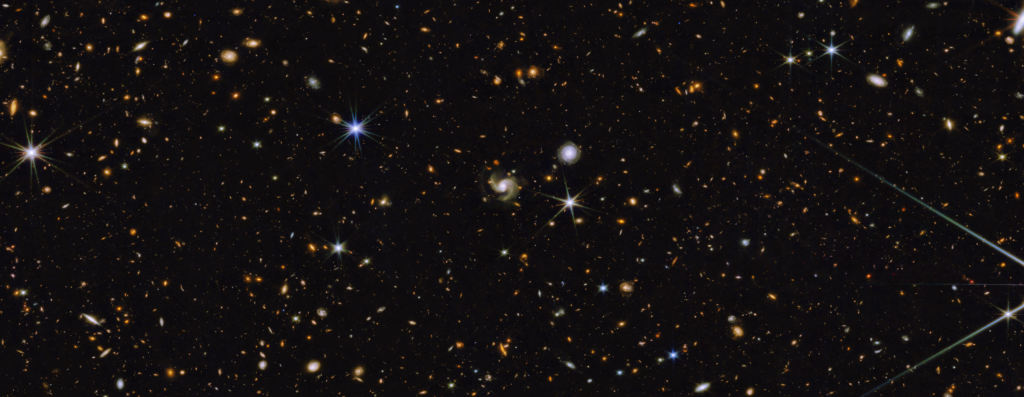
Where we are came from?
The question of where we came from is a complex one that has been explored by many different fields of study, including science, philosophy, and religion.
From a scientific perspective, the most widely accepted theory is the theory of evolution, which states that all living organisms have evolved over time through a process of natural selection. According to this theory, all life on Earth, including humans, evolved from a common ancestor through a process of gradual change and speciation. The evidence for this theory comes from many different fields of study, including paleontology, genetics, and comparative anatomy.
From a religious perspective, the origin of humans and the universe is explained through various creation myths and religious texts. The origin of humans and the universe is explained differently in different religion and culture.
From a philosophical perspective, the question of where we came from is closely tied to the question of the ultimate nature of reality, and there are many different perspectives on this issue. Some philosophers propose that reality is ultimately subjective and that our sense of self and our experiences are the only things that truly exist, while others propose that reality is ultimately objective and that there is a fundamental reality that exists independently of our perceptions.
In summary, the question of where we came from is a complex one that is explored and explained differently by science, religion, and philosophy. The most widely accepted scientific explanation is the theory of evolution, which states that all living organisms have evolved over time through a process of natural selection.
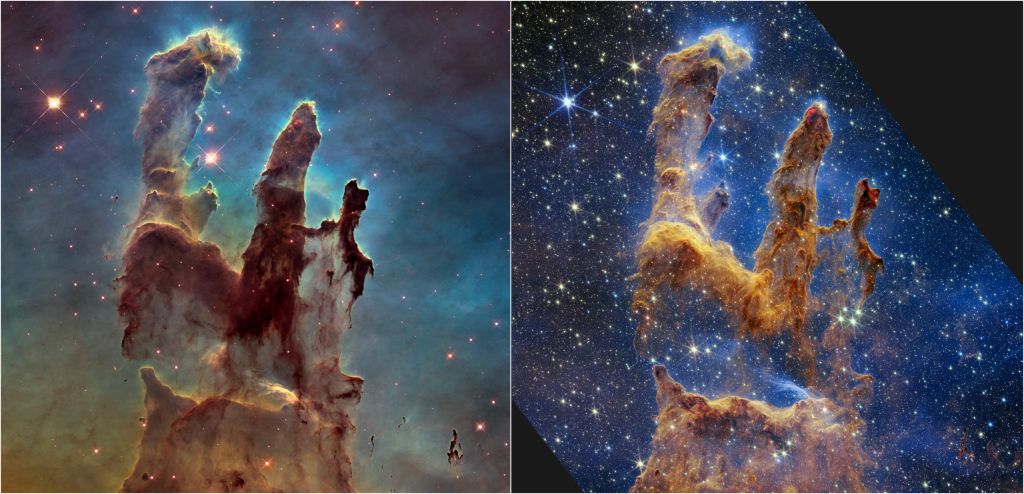
Do you enjoy the answers?
This article is about the universe, space, Multiverse and etc.
The concept of the infomation is questions and answers.
I hope you, those questions and answers should help your knowledge and enjoyable learning about the Universe / Space.
Thanks.
NOTE : All the Images are from the website of NASA (James Webb Corner).
Table of Contents
- Universe Size, Space Universe, universe multiverse, Edge of Universe, Light Speed, Black Hole (When, How, What – 10 Questions more about Space/Universe)
- How many galaxies in the universe based on Nasa
- How many sun in the universe, based on Nasa?
- The edge of the Universe, Where?
- Universe Size, based on Nasa
- When the universe will be died?
- In the universe, is there the planet like the earth?
- When the universe was born? How old the universe is?
- The multiverse, is it real? Explain it, when the theory was born, based on Nasa.
- What is the black hole, should we find the answer from Nasa Reserch?
- Where is the black hole, the nearest from the Earth, the answer is based on Nasa?
- Is there any possible to travel with light-speed by human?
- Let we know about the Unit of the Light-Speed, 1c, 1Ly, 1KLy, 1MLy 1GLy, tell me about those unit and give the fomulas.
- Where we are came from?
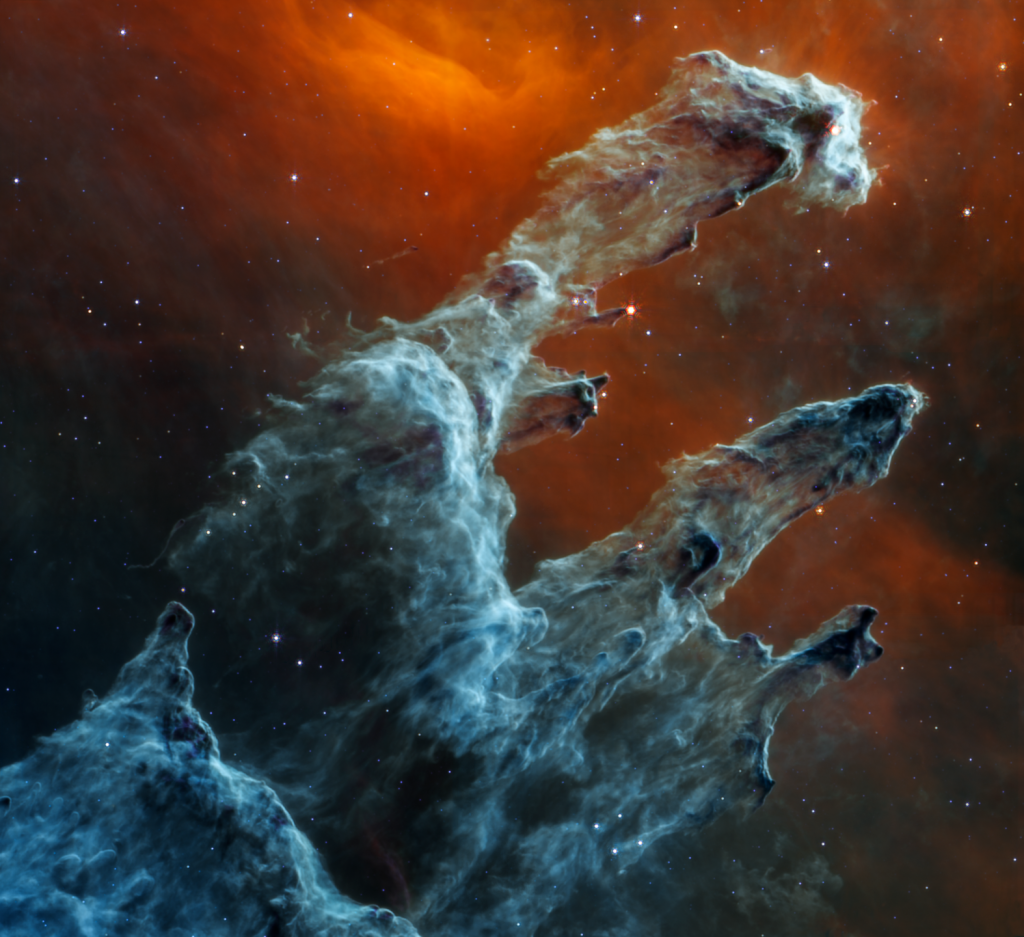

1) 유튜브 채널 – 10,500 구독자와 함께하는 유튜버 [ 큐레이터 단비 ]
– 유튜브 채널 ‘내’가 있는 유튜브와 블로그로 이루는 퍼스널 브랜딩 채널
2) 네이버 카페 커뮤니티
– [ 큐레이터 단비 – 퍼스널 브랜딩 커뮤니티 유튜브 온라인 수익화 방법 및 노하우 공유 ]
3) 본 블로그의 다른 글 보기
액션캠 악세사리 추천 – DJI 오즈모 액션4 추천








![[SUB] Vietnam Emerging Market -Vietnam’s Emergence as an Emerging Market (97470000 People) [SUB] Vietnam Emerging Market -Vietnam's Emergence as an Emerging Market (97470000 People)](https://min-inter.co.kr/wp-content/uploads/2023/03/020-Vietnams-Emergence-as-an-Emerging-Market-356x220.jpg)
![[SUB] North Korea’s Economic Crisis: Impact on Its Citizens (26160000 People) [SUB] North Korea's Economic Crisis: Impact on Its Citizens (26160000 People)](https://min-inter.co.kr/wp-content/uploads/2023/03/019-Why-does-North-Korea-turn-a-blind-eye-to-the-market-economy-and-stick-to-its-policy-of-closure-356x220.jpg)







![[Bitcoin market price] What’s Bitcoin? Cryptocurrency? The amount of information in COINMARKETCAP (the 1st encyclopedia in the cryptocurrency/virtual currency world)](https://min-inter.co.kr/wp-content/uploads/2022/01/20220118-비트코인시세-비트코인이-뭔가-암호화폐는-CoinMarketCap의-정보량암호화폐가상화폐-계의-1등-백과사전-수준-324x235.jpg)
![[Best Readability Free font recommendation] KodiUD Ongodic Universal Design Font only 1. Example Usages](https://min-inter.co.kr/wp-content/uploads/2022/01/20220117-가독성좋은무료폰트추천-KoddiUD온고딕-유니버설-디자인-서체-딱1가지-324x235.jpg)


